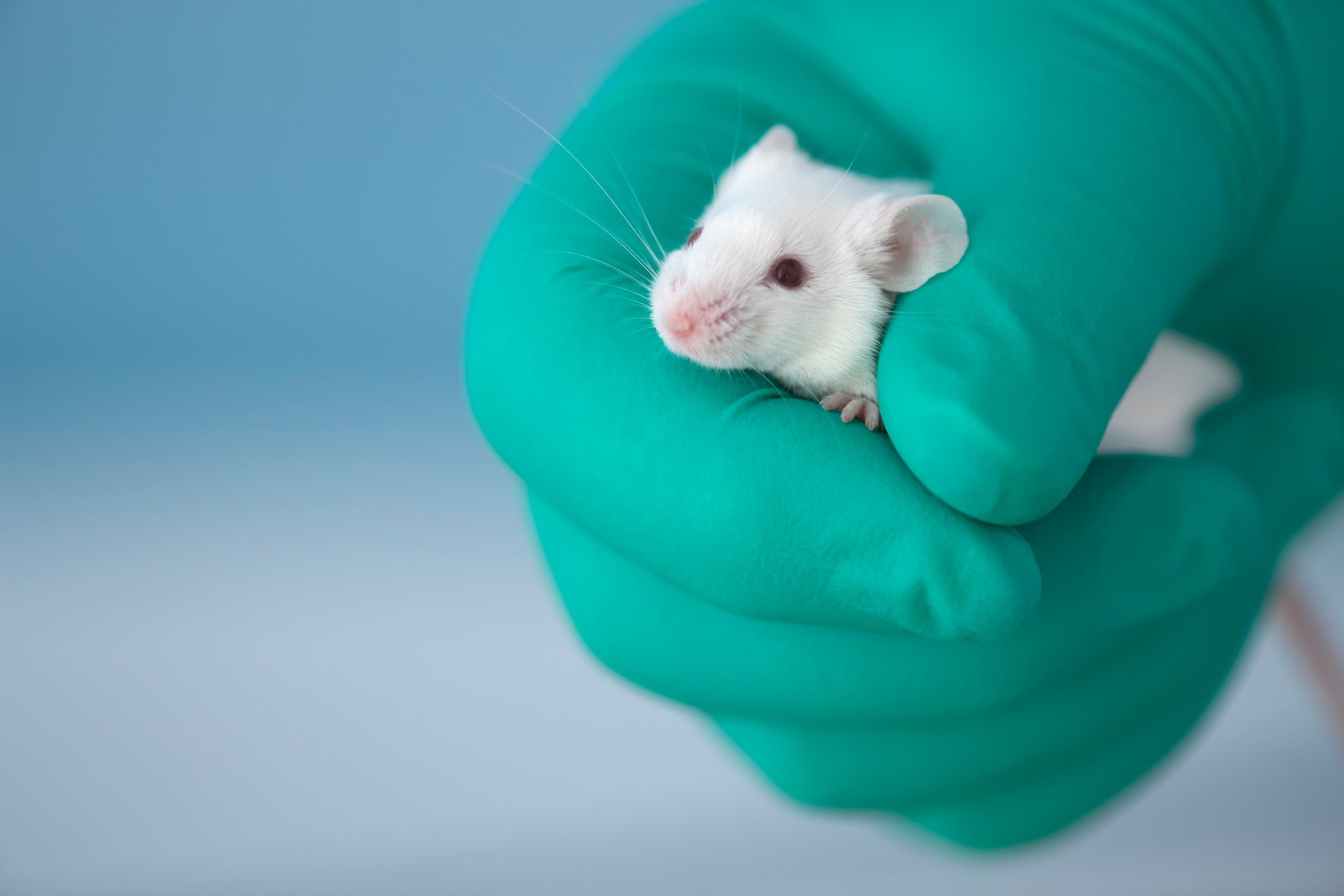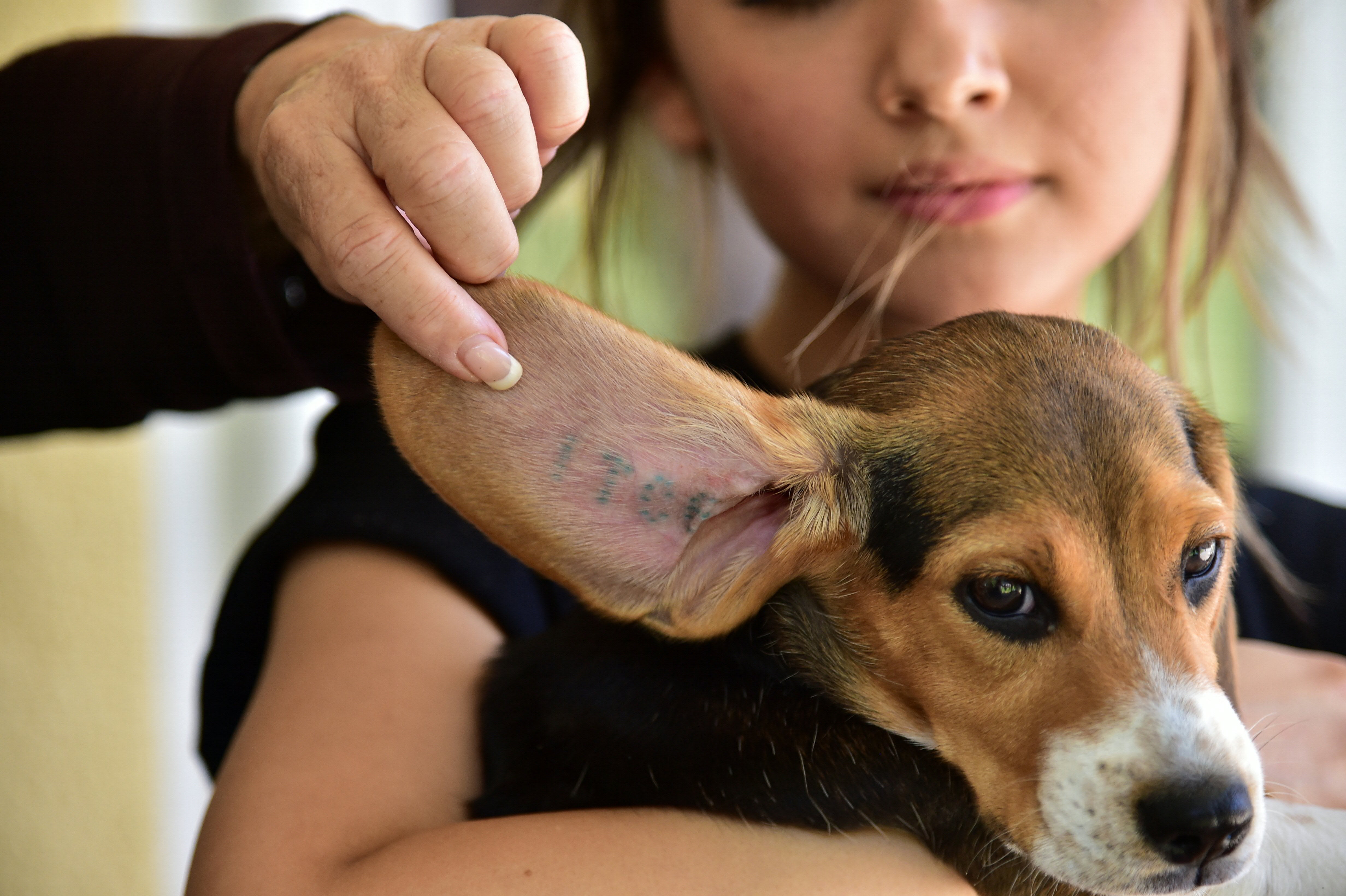The Independent's journalism is supported by our readers. When you purchase through links on our site, we may earn commission.
How the Trump administration’s health cuts could kill thousands of test animals
Hundreds of lab animals in West Virginia have reportedly already been euthanized

Hundreds of lab animals left behind following the Trump administration’s Health and Human Services cuts have reportedly been euthanized.
Of the more than 900 animals located at a West Virginia-based National Institute for Occupational Safety and Health facility, a third were killed last week following layoffs there, according to a report from The New York Times. Now, scientists caution that this concerning outcome could happen again, as the National Institutes of Health caps indirect costs, including facilities and administration costs.
“If the animals can’t be fed and cared for properly, then they’re going to have to be sacrificed,” Dr. Paul Locke, an environmental health scientist, attorney and professor at the Johns Hopkins Bloomberg School of Public Health, told The Independent. “And that, to me, is just a parade of horribles.”
“Some people may tell you that this massive culling is OK because what it means is that animal research is going to end. But, that is simply not true. The animal research will not end. It will simply go somewhere else,” he said.
Where it would go remains to be seen, and the future of animal testing is murky. Locke said his guess is that it could continue to be done in the U.S. in a way where it escapes protection or in places where there are a lot less protections for the animals.
A spokesperson for the Department of Health and Human Services did not address the situation in West Virginia, but told The Independent that it was committed to maintaining compliance with all federal animal welfare standards throughout this transition period and that it remains focused on ensuring public health, research and regulatory obligations continue to be met responsibly and in accordance with applicable law.
The Trump administration’s Food and Drug Administration has recently moved to “phase out” animal testing for certain drugs.”
On Tuesday, the NIH announced a new initiative to move away from animal testing. Director Dr. Jay Bhattacharya said that it would "fundamentally reimagine the way research is conducted" and marked a "critical leap forward for science, public trust, and patient care."

Animal groups have commended these actions — but also say the nation is not moving fast enough. They dispute the claim that lab animals are such a critical part of U.S. health research.
“I think we need to give up that ghost. Especially because of all the non-animal methods that are available and are emerging,” Dr. Katherine Roe, a neuroscientist and PETA’s chief of science advancement and outreach, said. PETA is the nation’s largest animal rights group.
“It’s not a gold standard,” she said.
Roe pointed out that there are limitations to these practices, including that many people who utilize animal studies tend to lean into how they’re similar to humans versus how they are different.
“The failure rate for treatments developed in animals for cancer, for sepsis, for Alzheimer’s disease go on and fail when they’re tried in human patients because of species differences,” she noted, adding that the lab environment alters the physiology of the animals.
“The idea that we should keep trying this failed paradigm ... is ridiculous,” said Roe.
“I think we are bumping up against the limits of what animals can tell us,” noted Locke, “and, there are many reasons for that. but the simple biological reason is that human biology is different than animal biology.”
He believes that there should be a transition away from animal testing while alternatives are developed.
“FDA and EPA have been pressed for decades to champion innovative methods that use human cells, 3D printing, robotics, computer models and other technologies to assess the safety and efficacy of a host of chemicals, products, devices and drugs without the suffering and death of literally hundreds of thousands of animals,” Sara Amundson, president of Humane World Action Fund, said in a statement.
PETA estimates that are still 100 million animals in U.S. laboratories, but says its count is likely an underestimate. It’s a tally that doesn’t include animals not protected under the Animal Welfare Act. So, it doesn’t include mice, rats, fish and birds that are bred for research purposes.

Some of the millions of animals could be moved, but many may have already been exposed to pathogens. It is unclear where all of these animals could go, if not to sanctuaries. Many others are rescued from facilities.
The industry has a duty to figure out the animal’s future, Animal Legal Defense Fund Senior Staff Attorney Caitlin Foley said in a statement shared with The Independent.
“[The Animal Legal Defense Fund] urges Congress to pass similar legislation to the CHIMP Act (Chimpanzee Health Improvement, Maintenance, and Protection Act) to require the adoption or rehoming of all animals forced into animal research,” she wrote. The CHIMP Act is a federal law that mandates the creation of a system of sanctuaries for chimpanzees no longer needed in research.
But, without these or similar avenues, Roe says the animals’ option is death. It may be their best option before experimentation, Justin Goodman, a senior vice president at the White Coat Waste Project, told Rawstory.
“The reality is that these animals were always at risk for euthanasia. In fact, the overwhelming majority of animals in laboratories are killed at the end of experimentation,” Roe added. “That’s the truth.”

Join our commenting forum
Join thought-provoking conversations, follow other Independent readers and see their replies
Comments